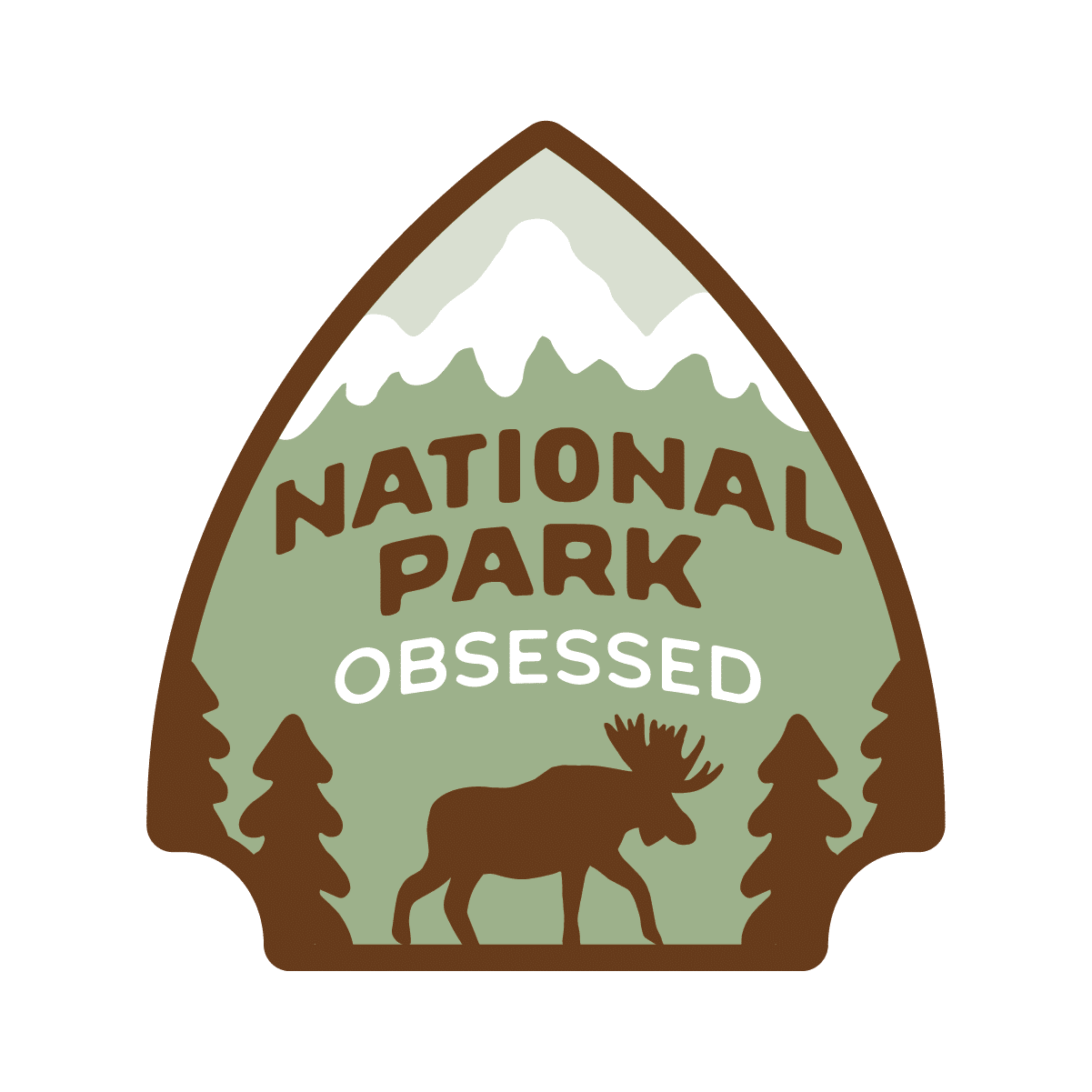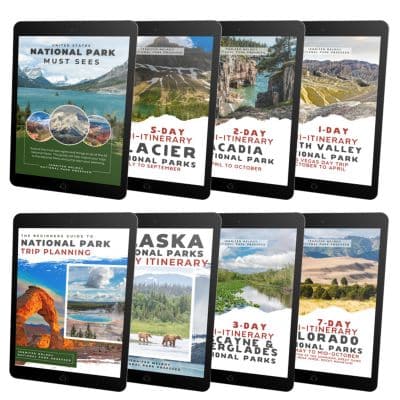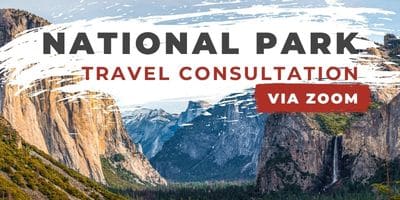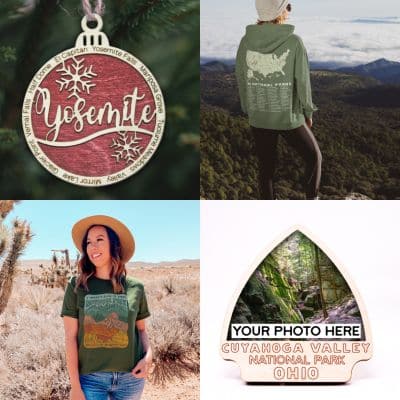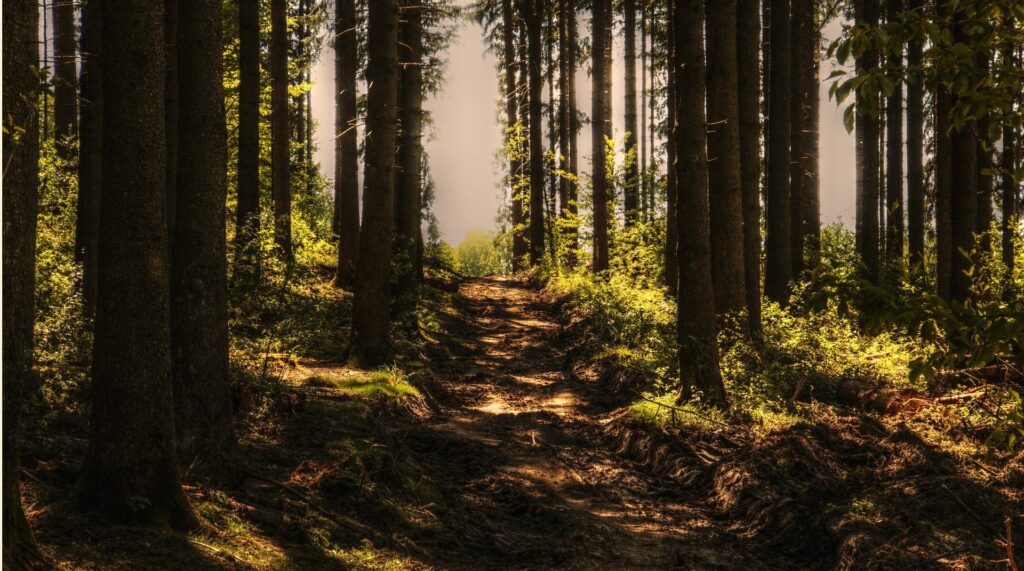
The Complete List of US National Forests
- Jennifer Melroy
- Last Modified January 30, 2021
- First Published on July 13, 2020
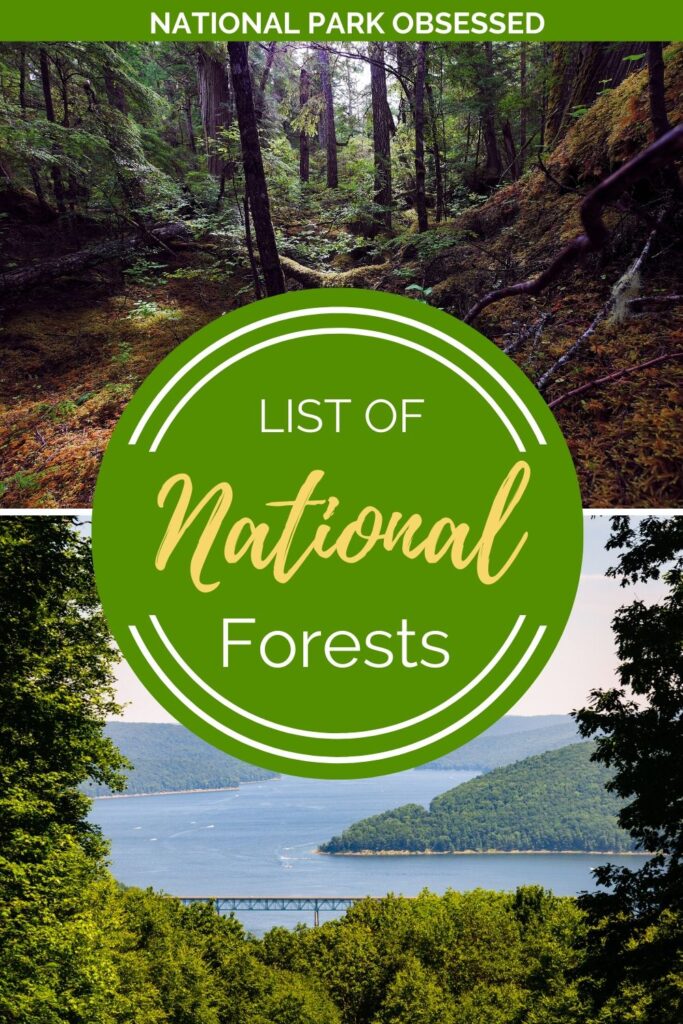
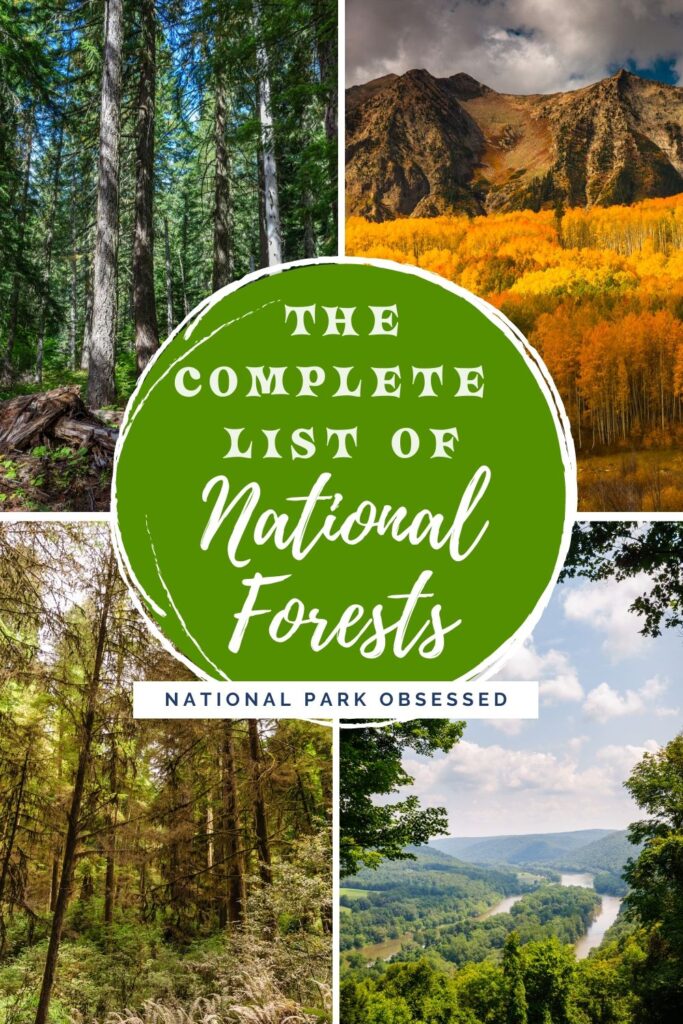
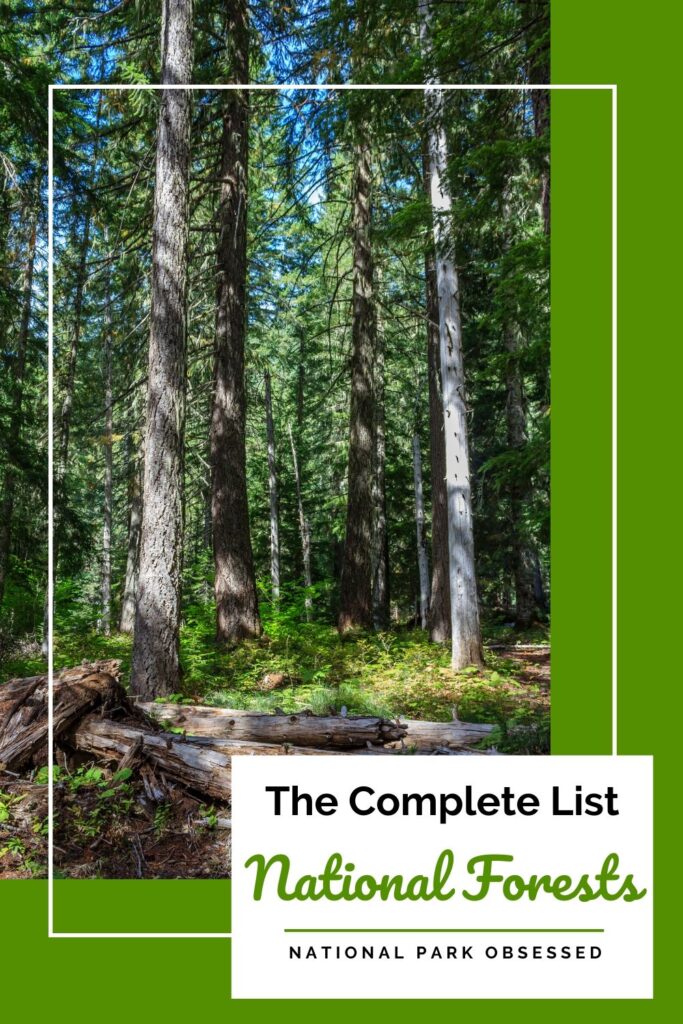
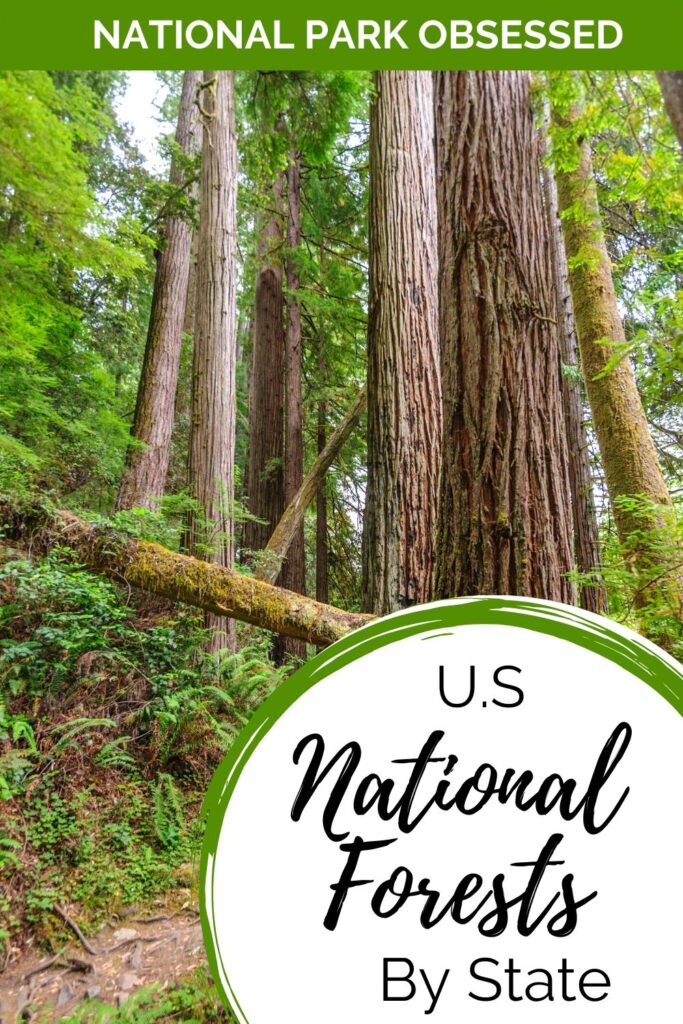
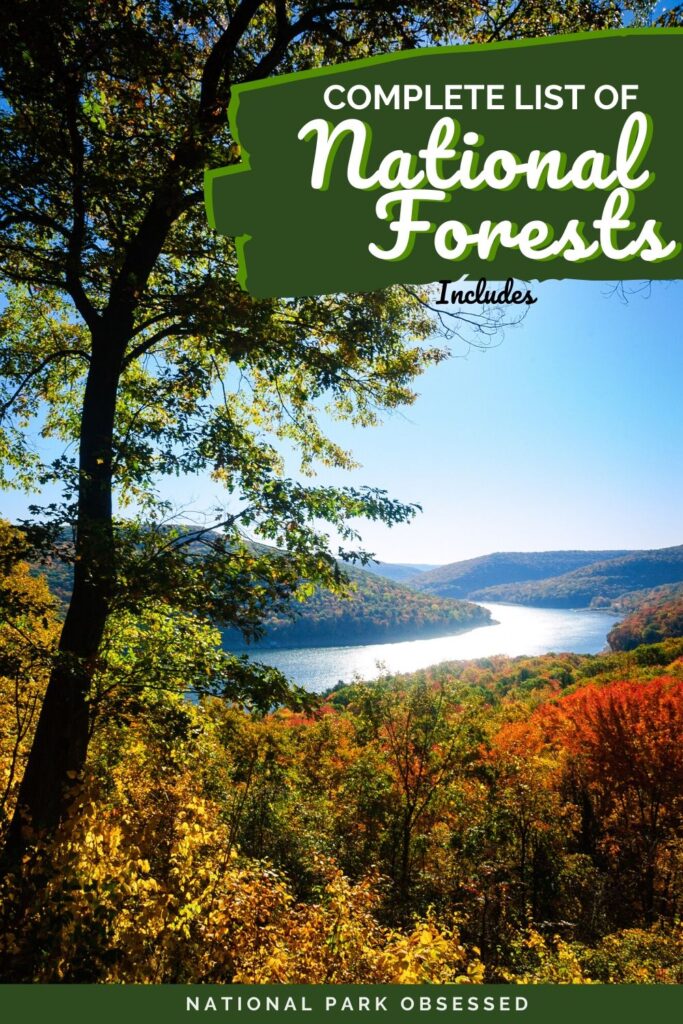
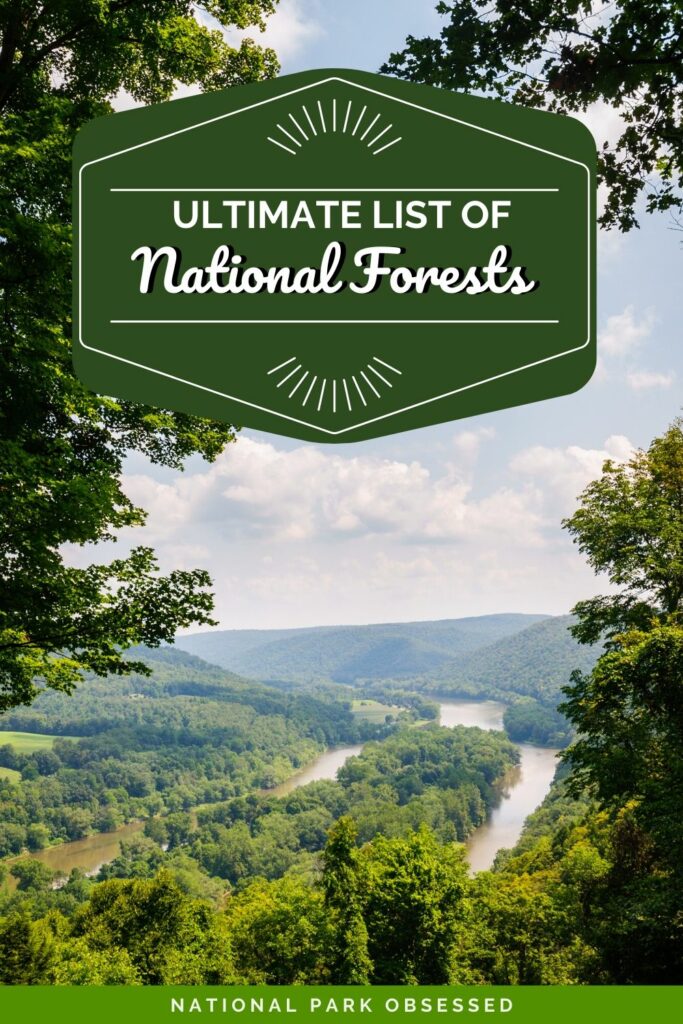

The United States is well known for its epic set of National Parks but the National Parks only make up a small fraction of the publicly owned land in the United States. The Federally owned land is split between several federal agencies based on that what and how the land is to be preserved and protected. One of these agencies is the U.S. Forest Service under the U.S. Department of Agriculture. The Foresty Service’s primary job is to manage our National Forest for the present and future use. Here is a complete list of US National Forests.
This post may contain affiliate links, meaning if you book or buy something through one of these links, I may earn a small commission at no extra cost to you! Read the full disclosure policy here

How many National Forests are there in United States?
There are 152** areas known as National Forests and two that have other titles but are counted as National Forests. These National Forest cover 188,336,179 acres (294,275 sq. mi / 762,169 sq. km) of land. Like the National Park Service, the U.S. Forest Service manages more than just National Forests. They also manage 20 National Grasslands, 59 purchase units, 19 research and experimental areas, five land utilization projects, and 37 other areas and national monuments.
** Some lists will have the number of National Forests listed as 154. Idaho Panhandle National Forests is made up of three jointly administered national forests (Kaniksu National Forest, Coeur d’Alene National Forest, and St. Joe National Forest). Some lists may count these three forests as individual National Forests.
What is the difference between a National Park and National Forest?
The difference between a National Park and National Forest is complex and is often confused by news reporters, activists, and legislators. The difference is more than just the term ‘National Forest’ and ‘National Park’ and one has park rangers and the other forest ranger.
The difference boils down to the mandates of the National Park Service and the National Forest Service.
The National Park Service’s “purpose is to conserve the scenery and the natural and historic objects and the wild life therein and to provide for the enjoyment of the same in such manner and by such means as will leave them unimpaired for the enjoyment of future generations.” This mandate is from the 1916 National Park Service Organic Act.
The National Forest Service’s mission is to sustain the health, diversity, and productivity of the Nation’s forests and grasslands to meet the needs of present and future generations. This is taken directly from USFS’s website.
A quick read of both these mission statement shows that they have the same mission. On the surface, they do have the same core mission. Both agencies are there to protect the land, but the key difference. The Forest Service’s mission includes the words “meet the needs.” This statement is key to understanding the difference between a National Park and a National Forest.
The National Forest Service is protecting and managing the land for public use. This land has been set aside to be used by the citizens of the United States in a responsible manner. I think Gifford Pinchot, first Chief of the Forest Service said it best when he said National Forest land is managed, “to provide the greatest amount of good for the greatest amount of people in the long run.”
This is why logging, grazing, mining, and drilling are allowed on National Forest land. This is also why recreation opportunities in the forests are more plentiful and less regulated than in the National Parks. Dogs are much more welcome on trails and allowed off-leash in places. This is why there are ATV roads in many forests. This is why dispersal camping is allowed in the forest.
You may have noticed that many National Parks share a boundary with one or more National Forests. This isn’t by accident. Many of the forests were established near the National Parks as a way to help keep the region’s ecosystem as intact as possible while providing a balance between preservation and public use.
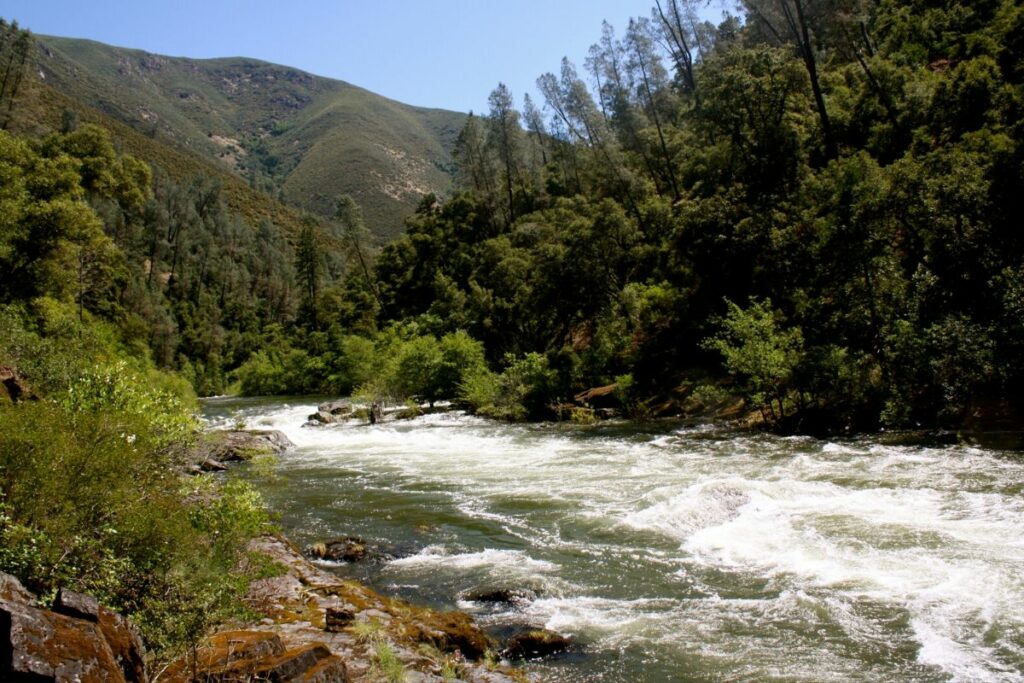
Map of All National Forests by State
[show-map id=”93″ overlay=”94″]
List of US National Forests by State
Here is the list of US national forests by state in alphabetical order for quick reference.
Alabama National Forest
- Conecuh
- Talladega
- Tuskegee
- William B. Bankhead
Alaska National Forest
- Chugach
- Tongass
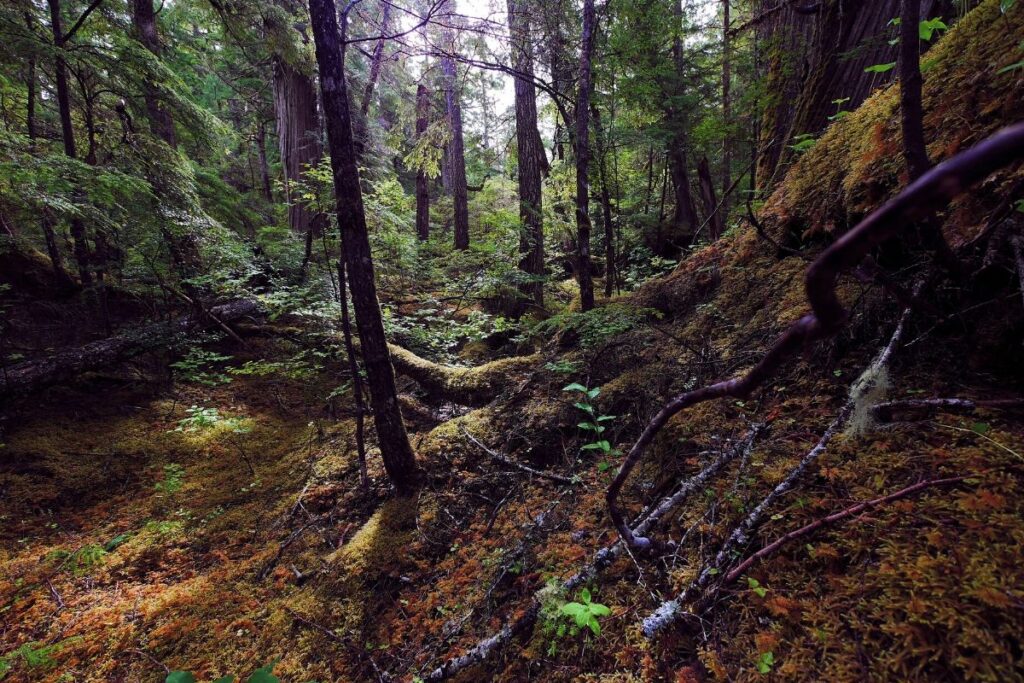
Arizona National Forest
- Apache-Sitgreaves
- Coconino
- Coronado
- Kaibab
- Prescott
- Tonto
Arkansas National Forest
- Ouachita
- Ozark-St. Francis
California National Forest
- Angeles
- Cleveland
- Eldorado
- Humboldt-Toiyabe
- Inyo
- Klamath
- Lake Tahoe Basin Management Area
- Lassen
- Los Padres
- Mendocino
- Modoc
- Plumas
- Rogue River-Siskiyou
- San Bernardino
- Sequoia
- Shasta-Trinity
- Sierra
- Six Rivers
- Stanislaus
- Tahoe
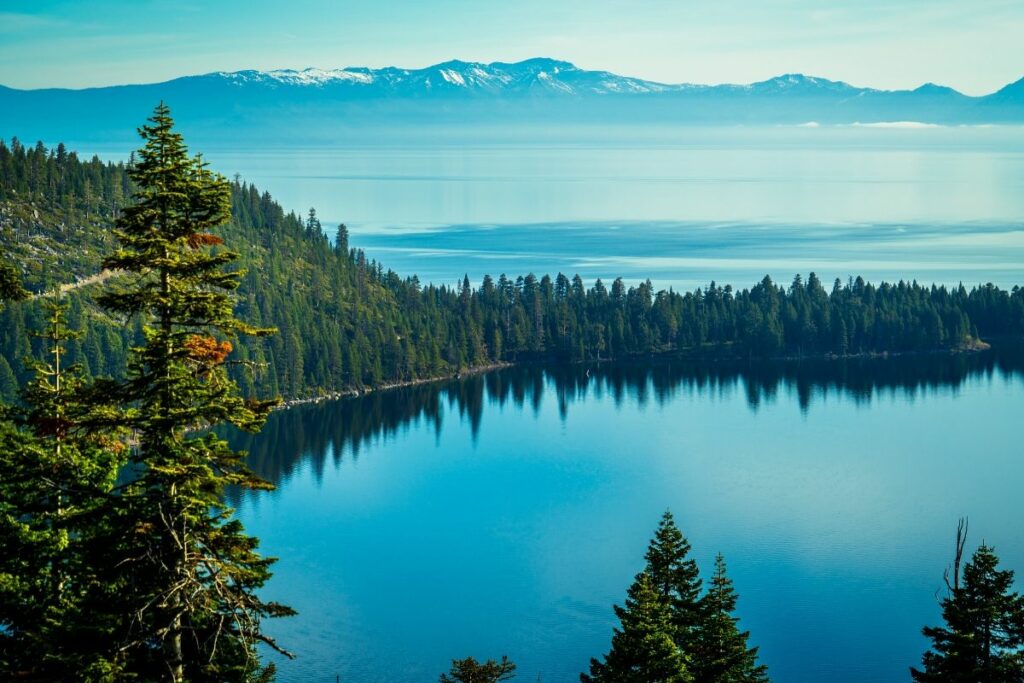
Colorado National Forest
- Arapaho
- Grand Mesa
- Gunnison
- Manti-La Sal
- Medicine Bow – Routt
- Pike
- Rio Grande
- Roosevelt
- San Isabel
- San Juan
- Uncompahgre
- White River
Florida National Forest
- Apalachicola
- Ocala
- Osceola
Georgia National Forest
- Chattahoochee-Oconee
Idaho National Forest
- Bitterroot
- Boise
- Caribou-Targhee
- Clearwater
- Idaho Panhandle (Kaniksu, Coeur d’Alene, and St. Joe National Forests)
- Kootenai
- Nez Perce
- Payette
- Salmon-Challis
- Sawtooth
- Uinta-Wasatch-Cache
- Wallowa-Whitman
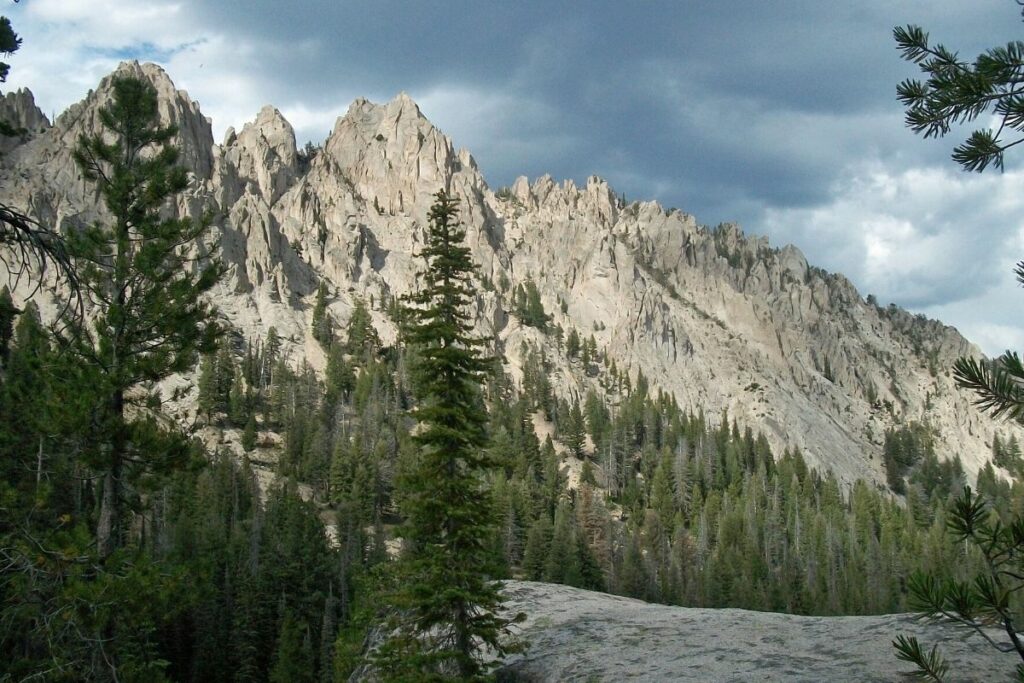
Illinois National Forest
- Shawnee
Indiana National Forest
- Hoosier
Kentucky National Forest
- Daniel Boone
- George Washington & Jefferson National Forests
- Land Between The Lakes National Recreation Area
Louisiana National Forest
- Kisatchie
Maine National Forest
- White Mountain
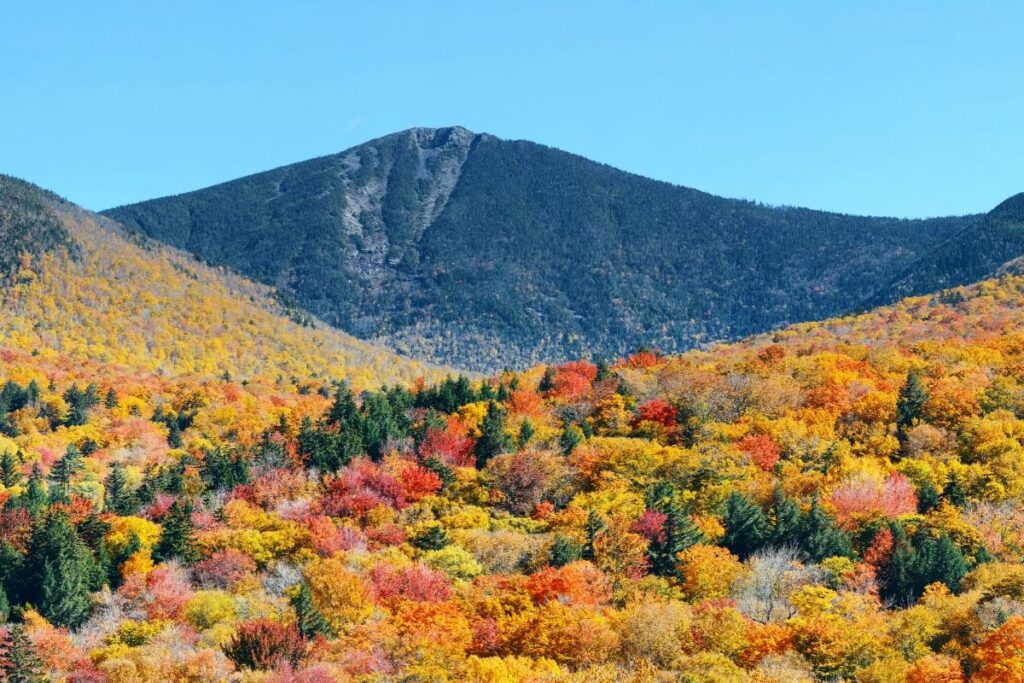
Michigan National Forest
- Hiawatha
- Huron-Manistee
- Ottawa
Minnesota National Forest
- Chippewa
- Superior
Mississippi National Forest
- Bienville
- De Soto
- Delta
- Holly Springs
- Homochitto
- Tombigbee
Missouri National Forest
- Mark Twain
Montana National Forest
- Beaverhead-Deerlodge
- Bitterroot
- Custer
- Flathead
- Gallatin
- Helena
- Idaho Panhandle
- Kootenai
- Lewis and Clark
- Lolo
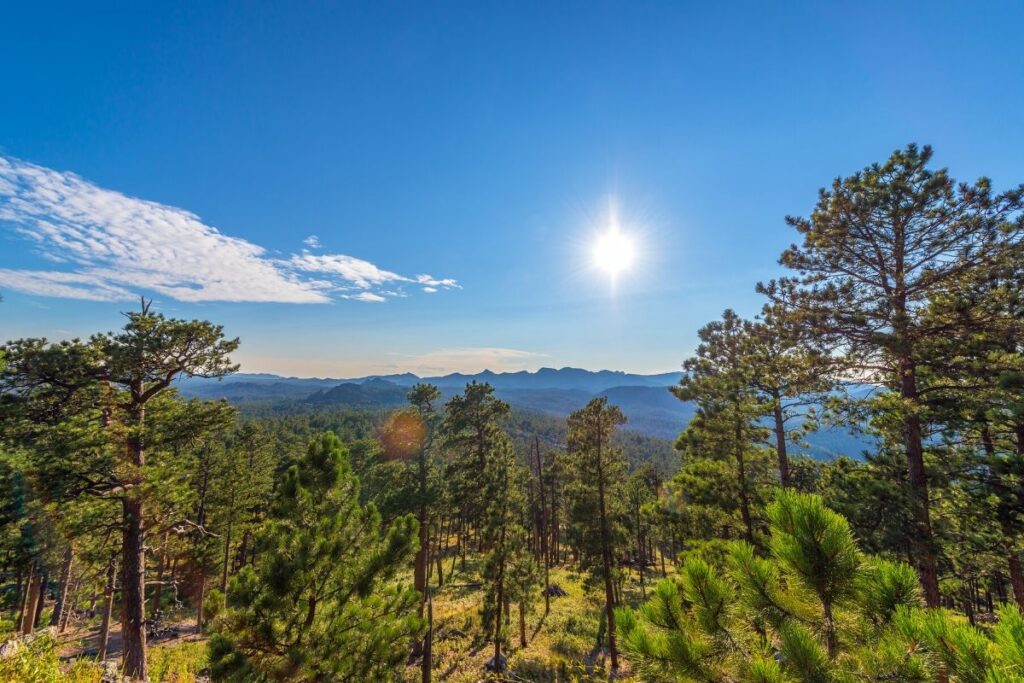
Nebraska National Forest
- Nebraska
- Samuel R. McKelvie
Nevada National Forest
- Humboldt-Toiyabe
- Inyo
- Lake Tahoe Basin Management Unit
New Hampshire National Forests
- White Mountain
New Mexico National Forests
- Apache-Sitgreaves
- Carson
- Cibola
- Coronado
- Gila
- Lincoln
- Santa Fe
New York National Forest
- Finger Lakes
North Carolina National Forest
- Cherokee
- Croatan
- Nantahala
- Pisgah
- Uwharrie
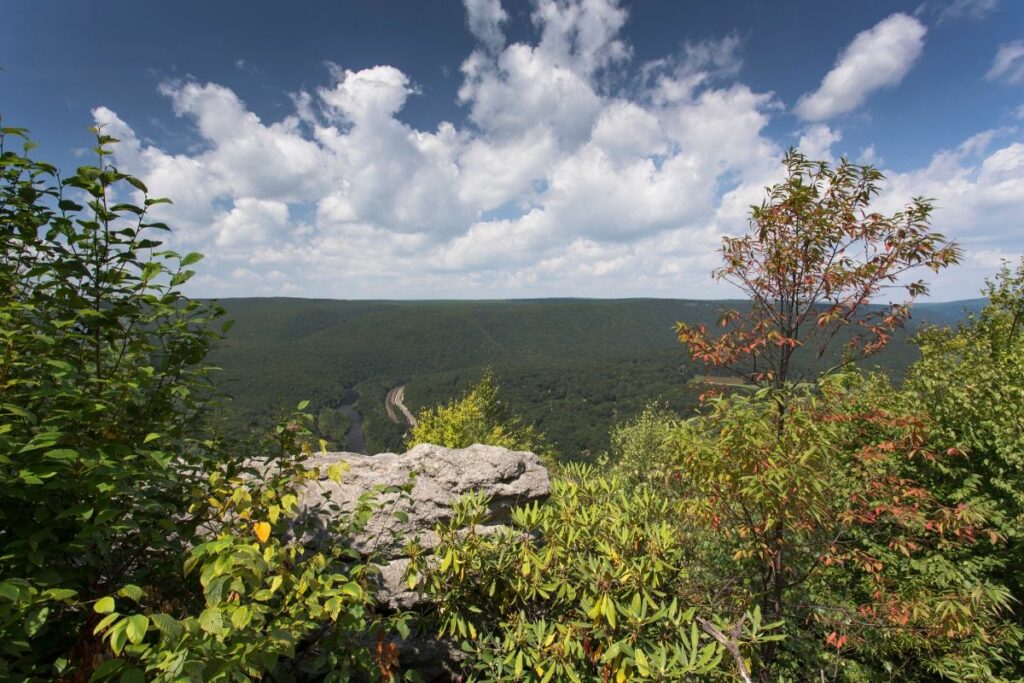
Ohio National Forest
- Wayne
Oklahoma National Forest
- Ouachita
Oregon National Forest
- Deschutes
- Fremont-Winema
- Klamath
- Malheur
- Mount Hood
- Ochoco
- Rogue River-Siskiyou
- Siuslaw
- Umatilla
- Umpqua
- Wallowa-Whitman
- Willamette
Pennsylvania National Forest
- Allegheny
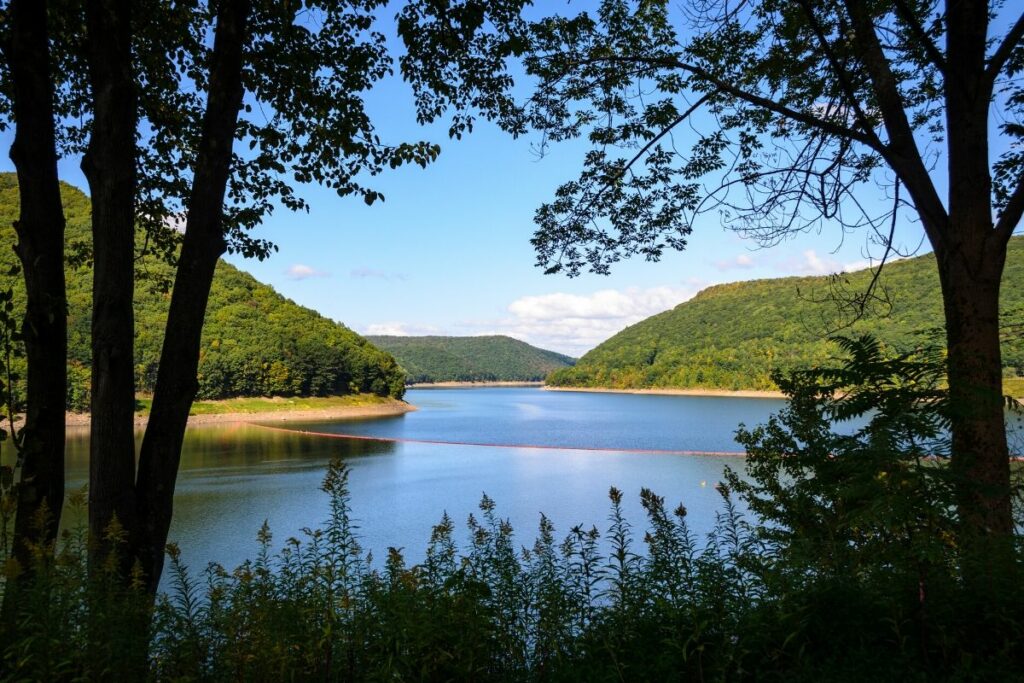
Puerto Rico National Forest
- El Yunque
South Carolina National Forest
- Francis Marion
- Sumter
South Dakota National Forest
- Black Hills
- Custer
Tennessee National Forest
- Cherokee
- Land Between The Lakes National Recreation Area
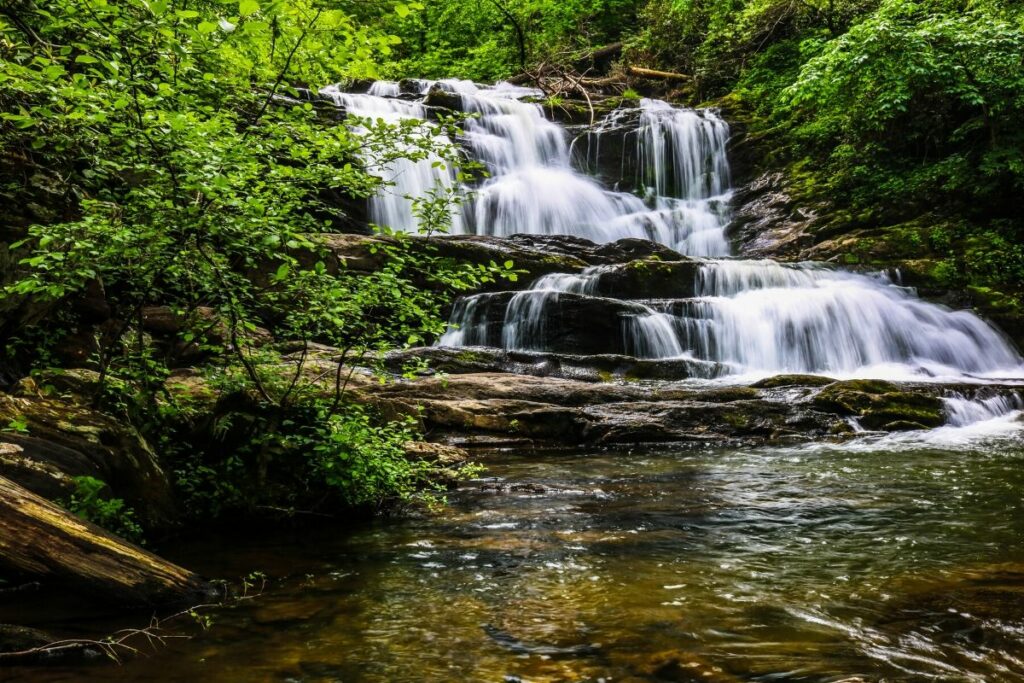
Texas National Forest
- Angelina
- Davy Crockett
- Sabine
- Sam Houston
Utah National Forest
- Ashley
- Dixie
- Fishlake
- Manti-La Sal
- Sawtooth
- Uinta-Wasatch-Cache
Vermont National Forest
- Green Mountain
Virginia National Forest
- George Washington & Jefferson National Forests
Washington National Forest
- Colville
- Gifford Pinchot
- Idaho Panhandle
- Mount Baker-Snoqualmie
- Okanogan-Wenatchee
- Olympic
- Umatilla
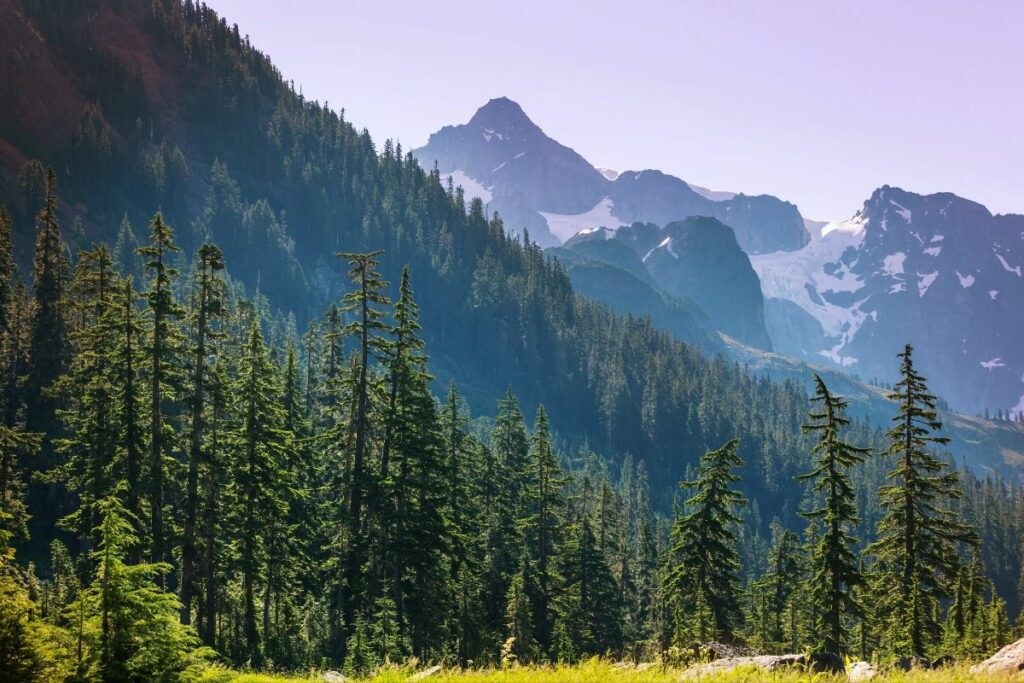
West Virginia National Forest
- George Washington & Jefferson National Forests
- Monongahela
Wisconsin National Forest
- Chequamegon-Nicolet
Wyoming National Forest
- Ashley
- Bighorn
- Black Hills
- Bridger-Teton
- Caribou-Targhee
- Medicine Bow – Routt
- Shoshone
- Uinta-Wasatch-Cache
Pin to Share: The Complete List of US National Forests

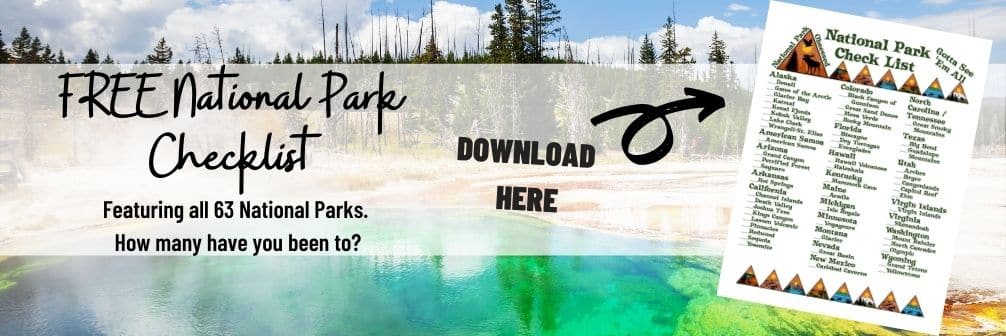
Jennifer Melroy
Hi, I'm Jennifer!
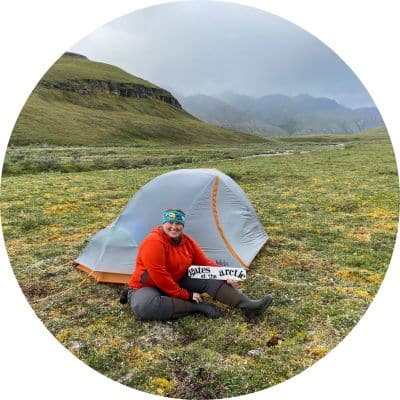
Welcome to the wonderful world of National Parks. I'm here to help you plan your NEXT amazing adventure through the United States National Parks and beyond. I want the national parks to be accessible to all.
I live in Tennessee, and when I'm home, you can find me hiking in the Smokies and the Cumberland Plateau.
58/63 National Parks
250+/423 National Park Units
Want to know more? Start Here.
ACKNOWLEDGEMENT OF LAND
On this site, we promote travel to the United States and beyond that are the traditional lands of Indigenous and First Nations peoples.
With respect, I make a formal land acknowledgment, extending my appreciation and respect to these lands’ past and present people.
To learn more about the people who call these lands home, I invite you to explore Native Land.
DISCLAIMER
National Park Obsessed assumes no responsibility or liability for any errors or omissions in the content of this site (NationalParkObsessed.com). The information contained in this site is provided with no guarantees of completeness, accuracy, usefulness or timeliness. You are encouraged to conduct your own due diligence before acting on the information provided on this site and should not rely on the opinions expressed here.
There is an inherent risk in all outdoor recreation activities, the reader assumes all responsibility for their own personal safety.
DISCLOSURE
We are a participant in the Amazon Services LLC Associates Program, an affiliate program designed to provide a means for us to earn fees by linking to Amazon.com and affiliated sites.
Privacy Policy • About Us • Contact
Select stock photography provided depositphotos
Copyright ©2023 National Park Obsessed, LLC
Privacy Overview
Last Updated on 30 Jan 2021 by Jennifer Melroy
